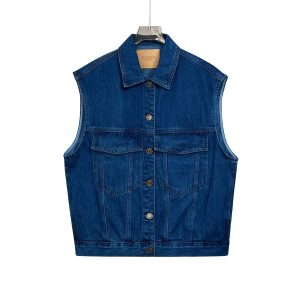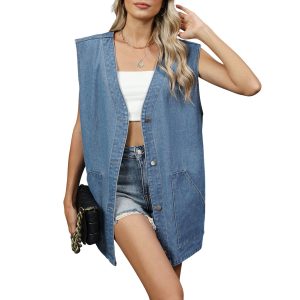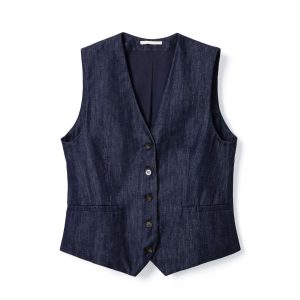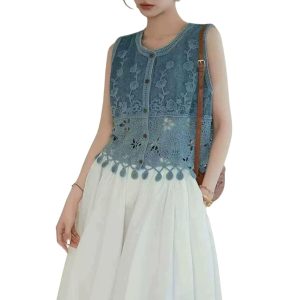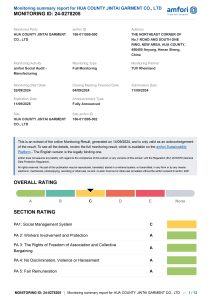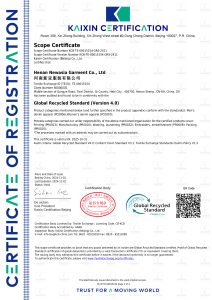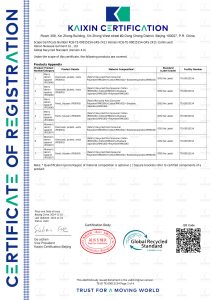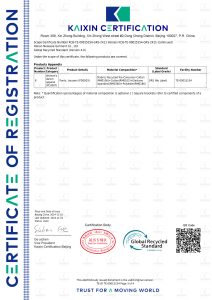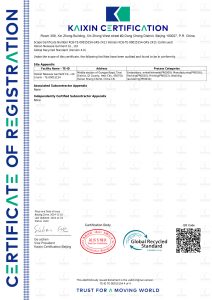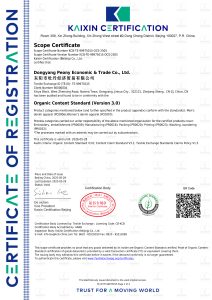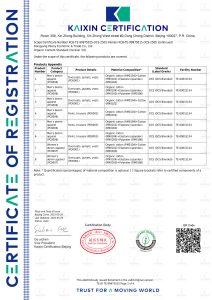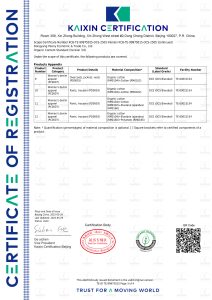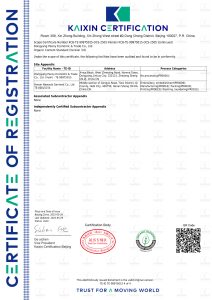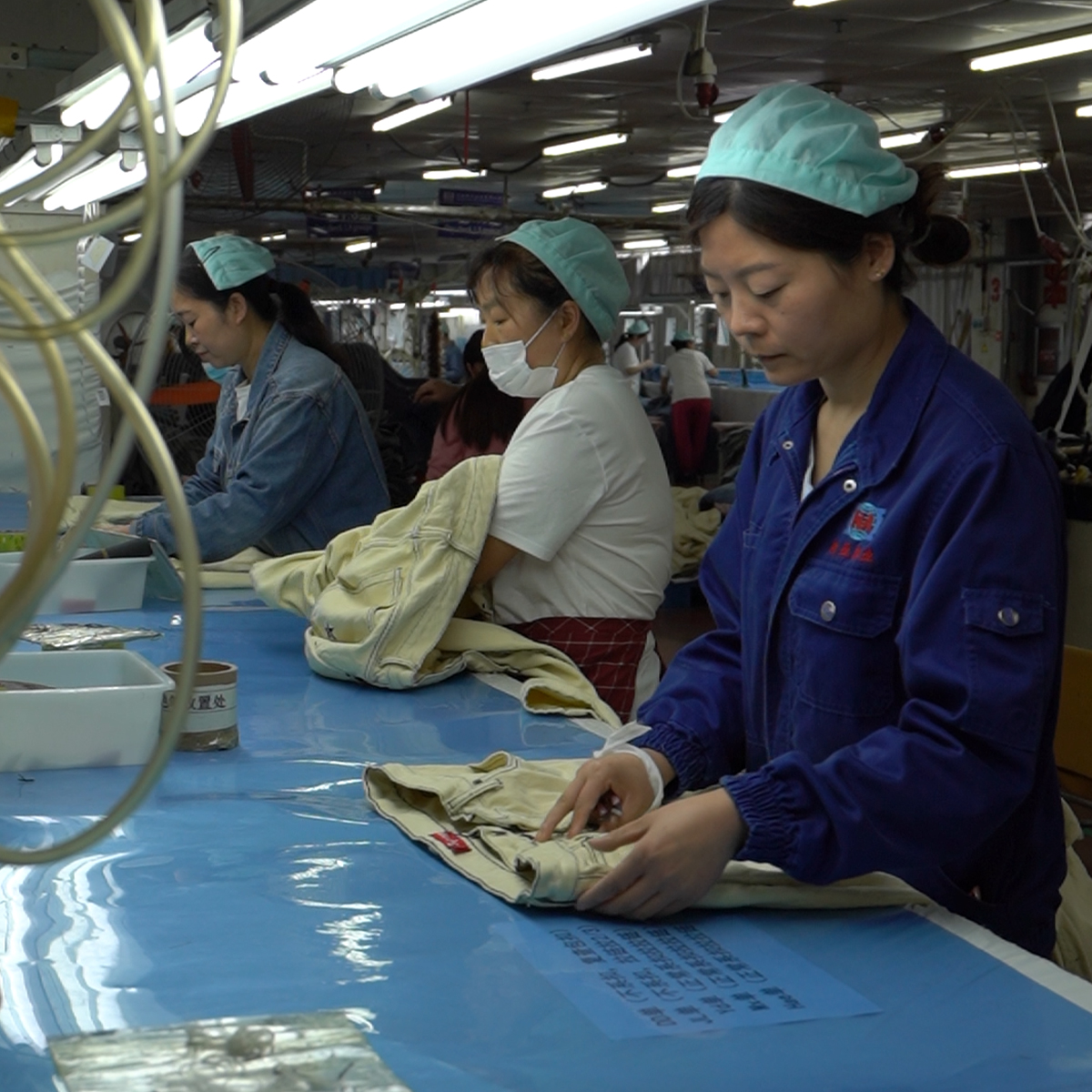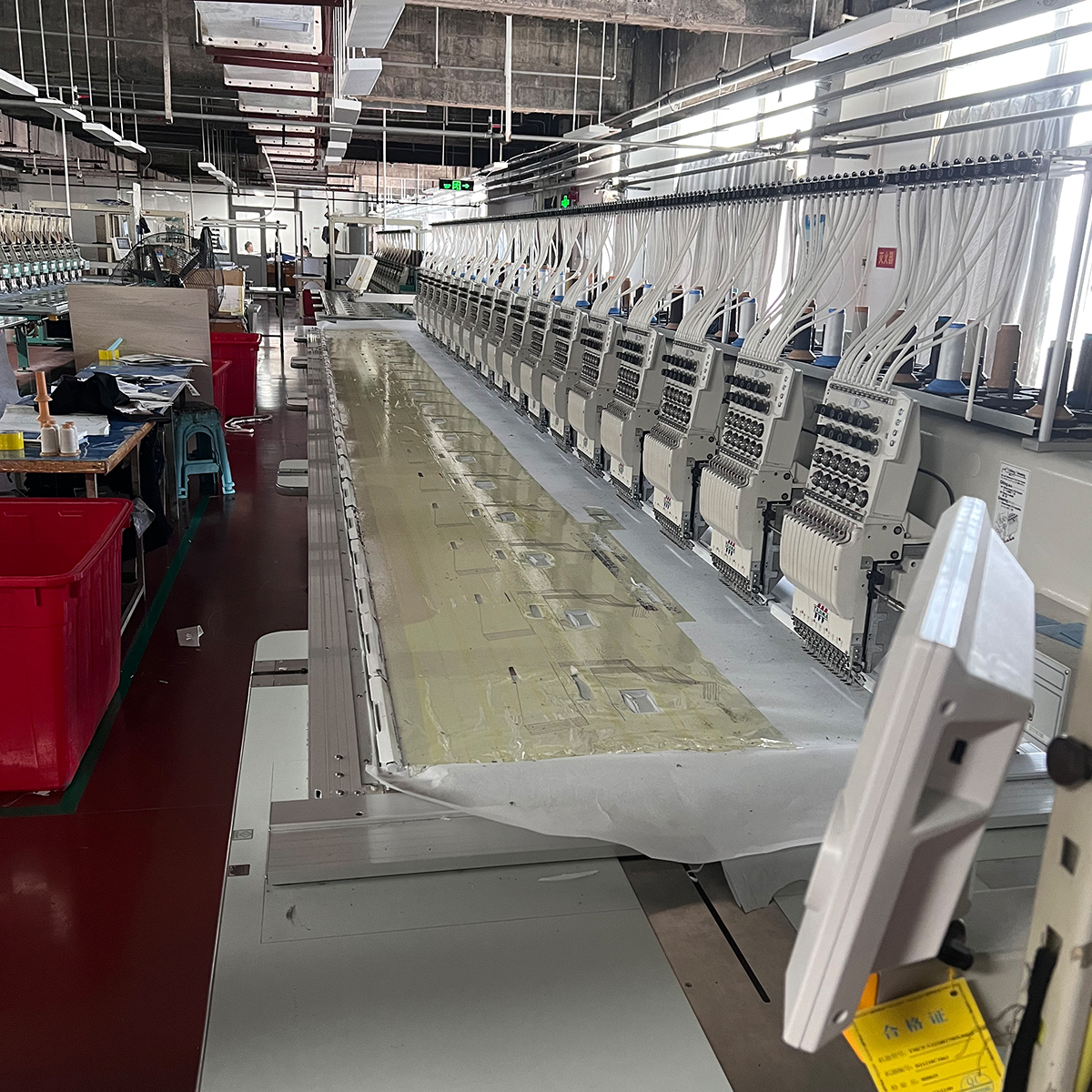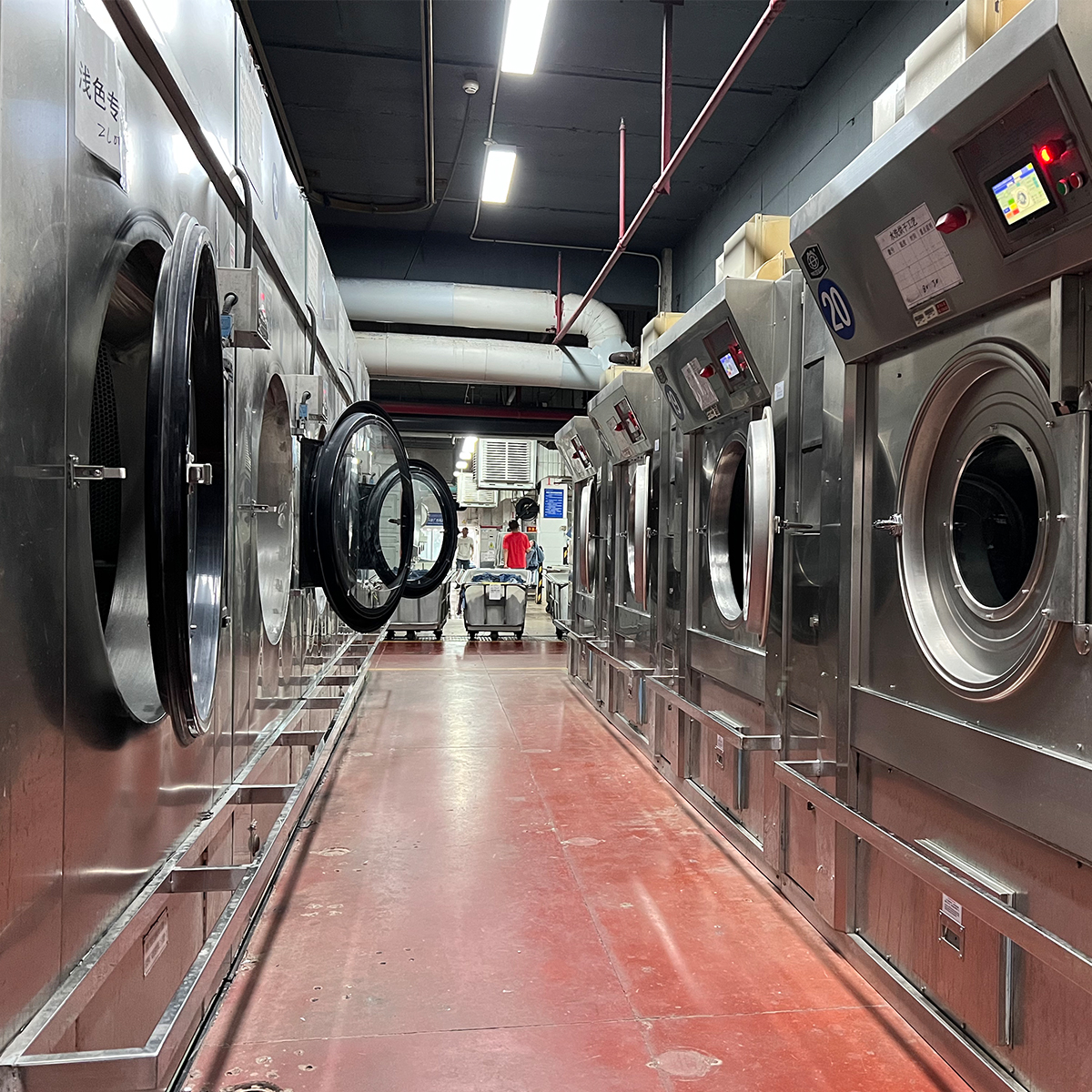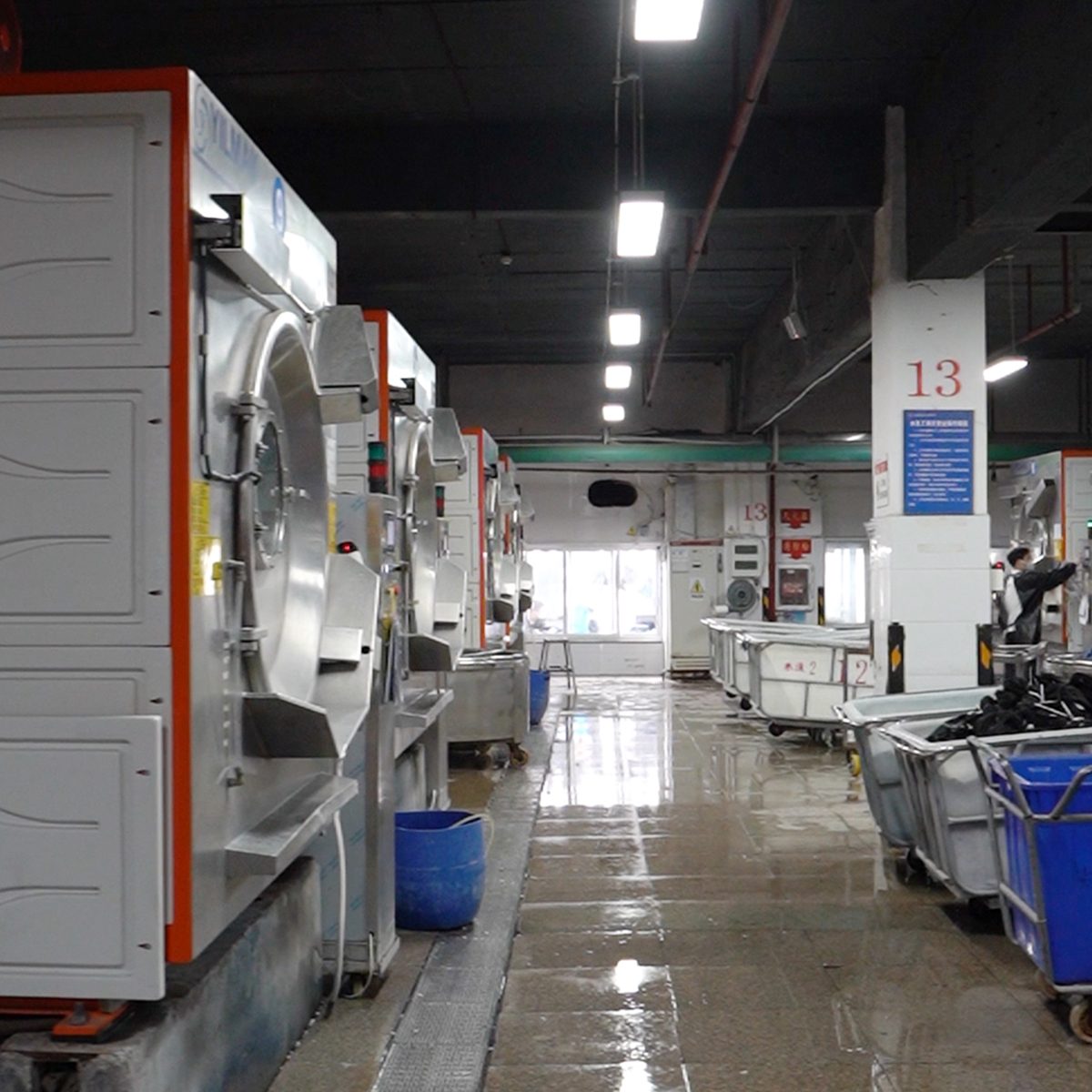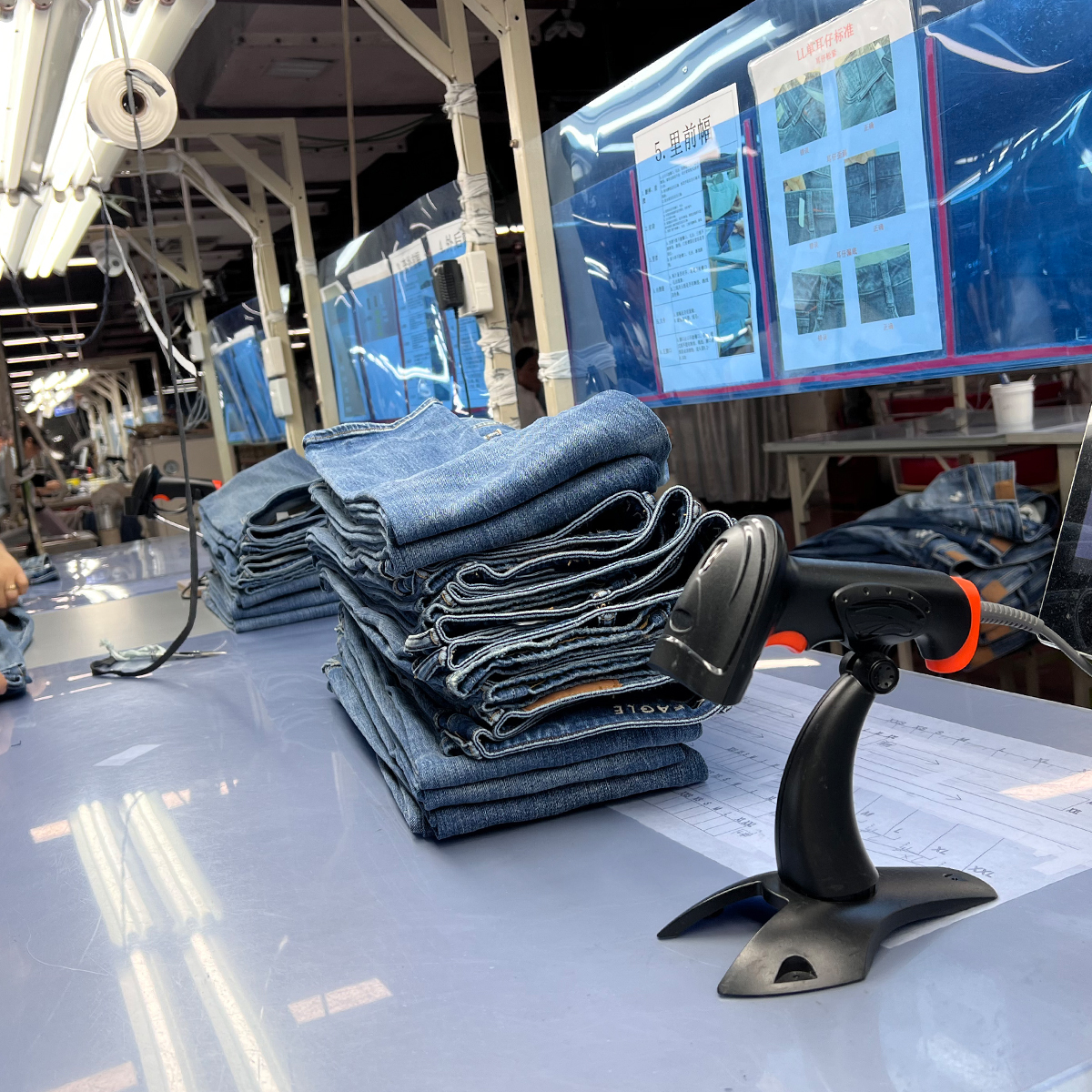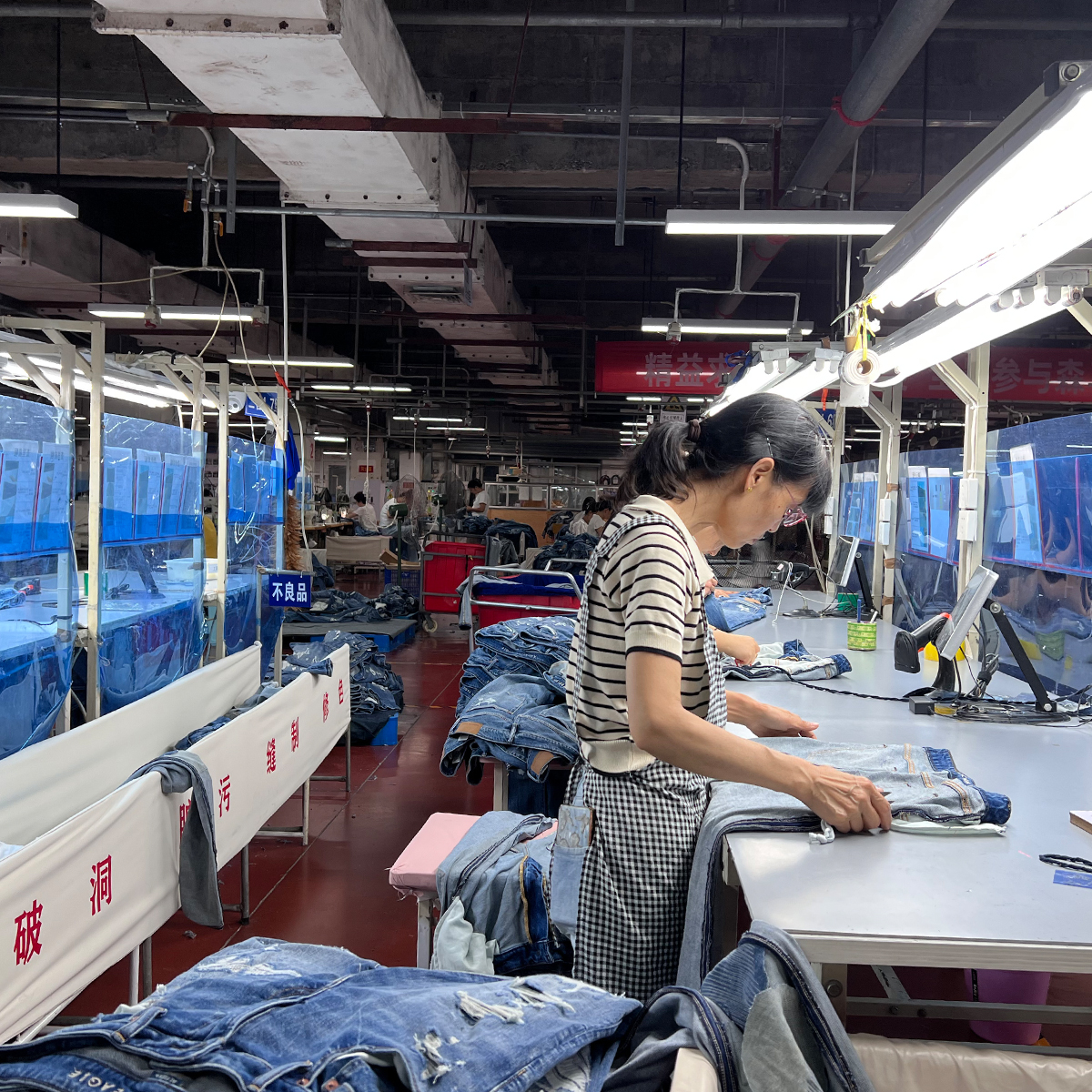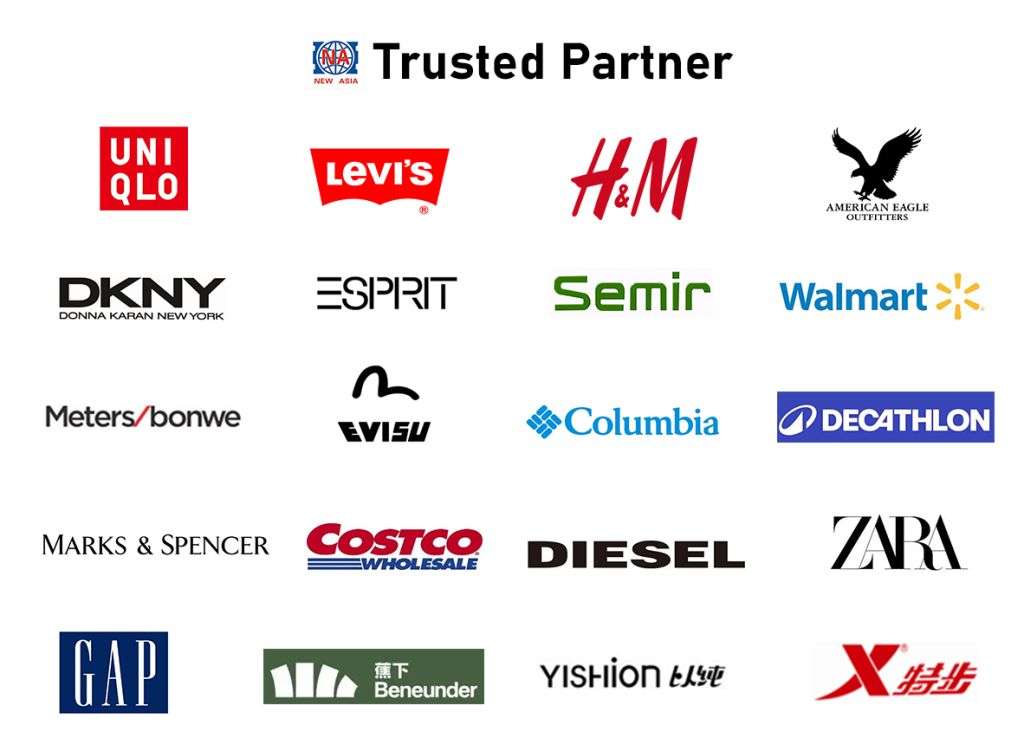In recent years, the demand for big jeans has skyrocketed, driven by evolving fashion trends and an increased emphasis on comfort and inclusivity. Whether you’re a retail store owner, an online boutique, or a fashion designer, understanding how to source high-quality big jeans is crucial for meeting consumer demands. This guide will provide you with valuable insights and tips on effectively sourcing big jeans from reputable suppliers.
Understanding the Big Jeans Market
The big jeans market has evolved beyond a mere trend; it represents a significant segment of the apparel industry. With diverse styles ranging from baggy fits to tailored cuts, big jeans cater to individuals seeking both style and comfort. Consumers are looking for durable, stylish options that fit well and enhance their individuality.
Trends Influencing Big Jeans
Staying updated with the latest trends is essential. Over the past few years, we’ve seen shifts towards sustainability, customization, and nostalgic styles from the 90s and early 2000s. Understanding these trends can significantly enhance your product offerings.
Identifying Reliable Suppliers
One of the most crucial decisions you’ll make as a retailer is selecting the right suppliers. When searching for big jeans suppliers, consider the following aspects:
1. Quality Assurance
Always investigate the quality assurance processes of your suppliers. Request samples to evaluate fabric, stitching, and overall craftsmanship. Look for suppliers that adhere to international quality standards.
2. Variety of Styles
Big jeans come in a variety of styles. Ensure your supplier has a diverse range of options, including different cuts, colors, and shades. They should also allow for customization to meet unique customer demands.
3. Sustainability Practices
The fashion industry is witnessing a significant shift towards sustainability. Partner with suppliers that utilize eco-friendly materials and ethical production methods. This will not only contribute positively to the environment but will also resonate with today’s conscious consumers.
Evaluating Supplier Credentials
Before selecting a supplier, it’s essential to evaluate their credentials and reputation in the market. Consider the following:
1. Industry Experience
Suppliers with a long-standing history in the industry are likely to be more reliable. Their experience allows them to navigate challenges and adapt to market changes effectively.
2. Client Testimonials
Look for testimonials or reviews from past clients. This can give you insights into the supplier’s reliability and customer service quality.
3. Certifications
Check for any certifications that indicate compliance with industry standards. Certifications related to quality control, ethical production, and environmental sustainability are vital.
Negotiating Terms and Pricing
Once you’ve identified potential suppliers, the next step is to negotiate terms and pricing. Here are tips to ensure you secure the best deal:
1. Minimum Order Quantities (MOQs)
Understand the minimum order quantities each supplier requires. Some suppliers might have high MOQs, which can impact your cash flow. Look for suppliers who can accommodate smaller orders without compromising on quality.
2. Payment Terms
Negotiate favorable payment terms. Many suppliers offer discounts for upfront payments. Others might provide flexible payment plans that can help your cash flow management.
3. Shipping and Returns Policy
Clarify shipping costs, lead times, and returns policies. A robust returns policy is crucial in the event that the products do not meet your quality expectations or customer preferences.
Market Research and Pricing Strategies
Conducting thorough market research is vital before setting your prices. Analyze competitor pricing and understand what your target audience is willing to pay for big jeans. Consider offering tiered pricing or discounts for bulk purchases to attract more customers.
Building Strong Relationships with Suppliers
Once you choose the right suppliers, fostering a strong relationship is essential. Here’s how to do it:
1. Open Communication
Maintain open lines of communication with your suppliers. Regular check-ins can help you stay updated on product availability, trends, and any potential issues that may arise.
2. Building Trust
Trust is foundational in any business relationship. Ensure that you honor agreements, promptly address issues that arise, and pay on time to foster a positive relationship.
Marketing Your Big Jeans Offerings
After sourcing your big jeans successfully, the next step is marketing them effectively. Here are some strategies to consider:
1. Create Engaging Content
Leverage blogging, social media posts, and video content to showcase your big jeans. Highlight their unique features, styling tips, and customer stories to engage potential buyers.
2. Utilize Influencer Partnerships
Collaborate with fashion influencers who cater to your target audience. Their endorsement can significantly boost your brand’s visibility and credibility.
3. Optimize Online Presence
Ensure your website is optimized for search engines to drive organic traffic. Focus on relevant keywords related to big jeans, optimize product descriptions, and ensure a smooth user experience on your website.
Staying Ahead of Industry Trends
To remain competitive, stay informed about industry trends. Subscribe to fashion industry publications, attend trade shows, and participate in webinars to continue learning about the future of big jeans.
Conclusion
As we navigate through the evolving fashion landscape, sourcing high-quality big jeans will remain a pivotal aspect of retail. By understanding the market, building strong supplier relationships, and effectively marketing your products, you can carve out a successful niche in this growing segment.



